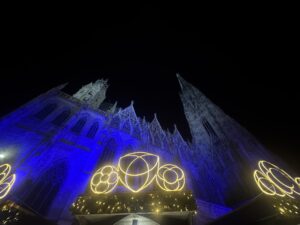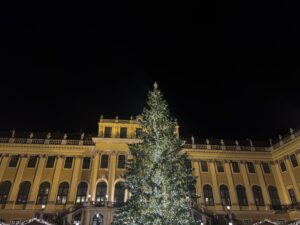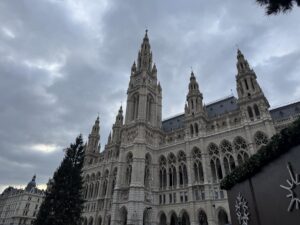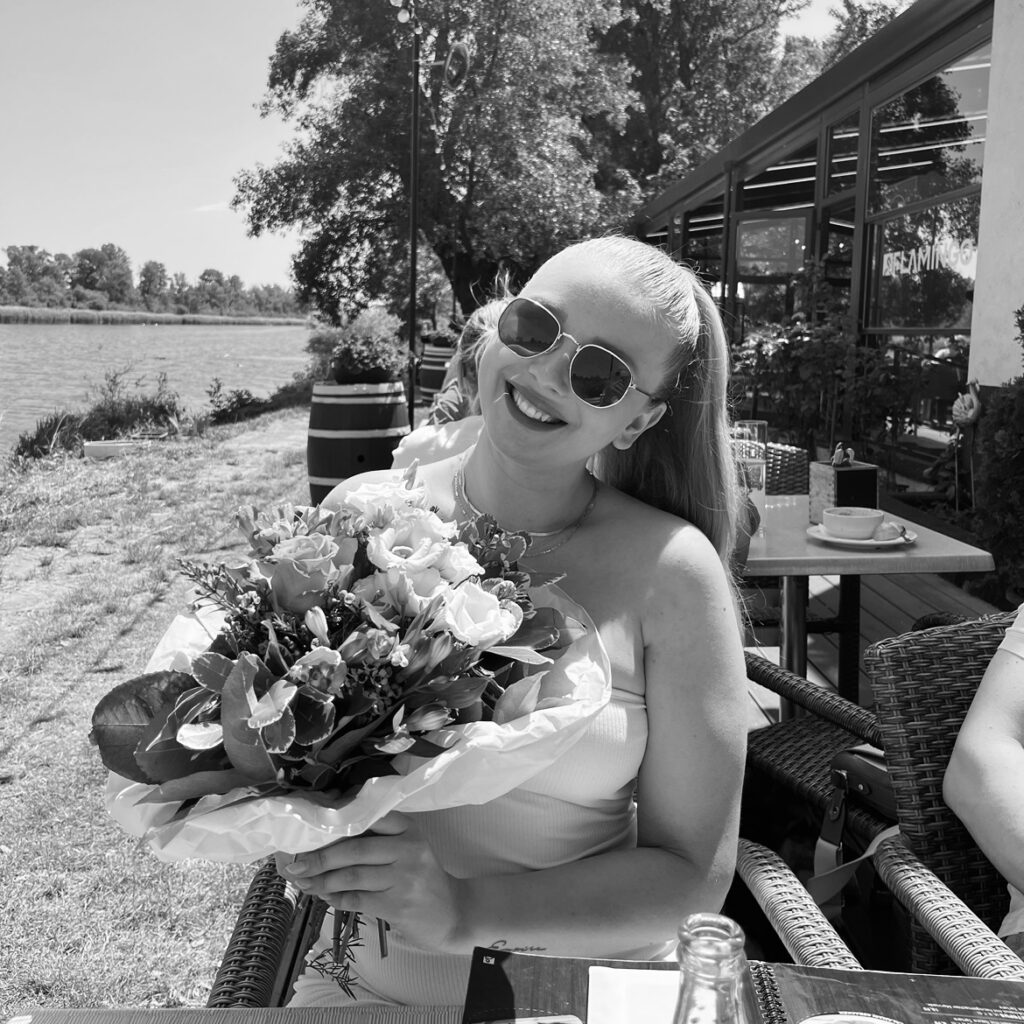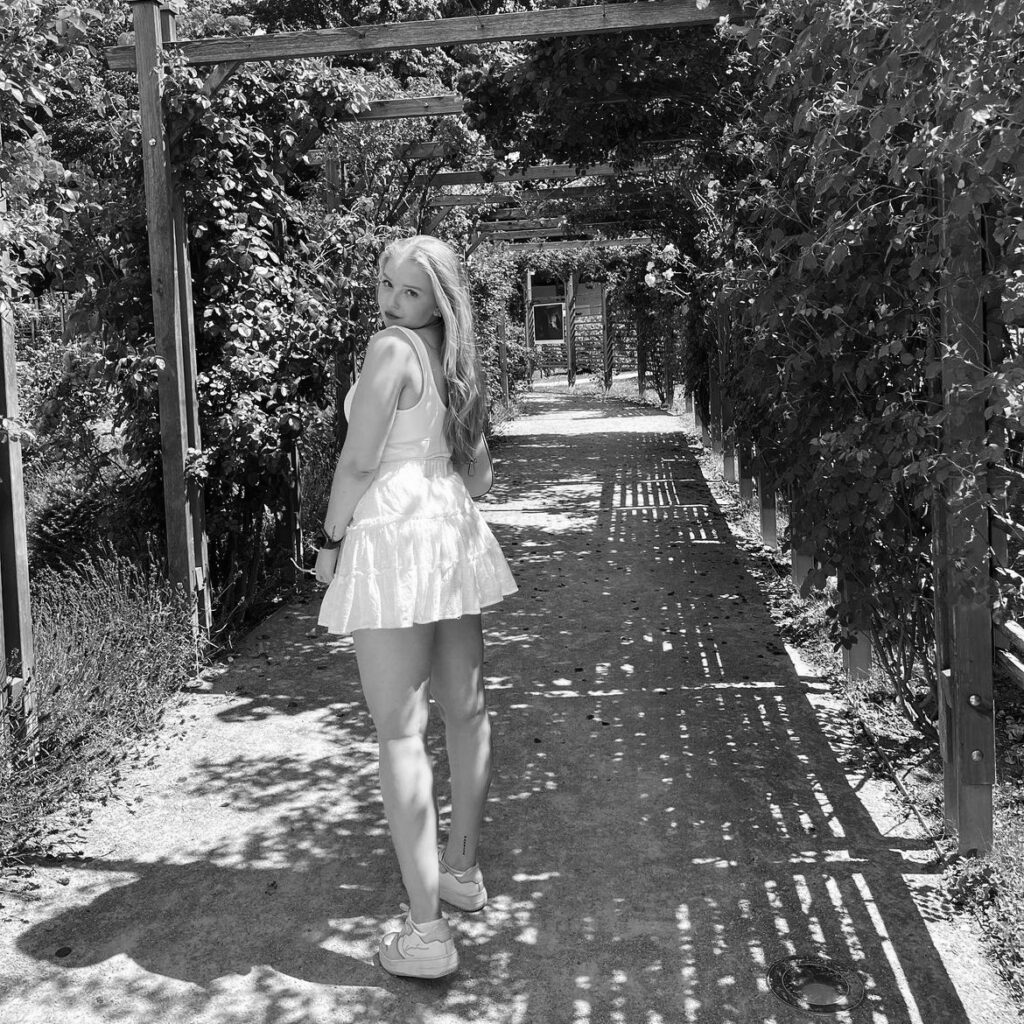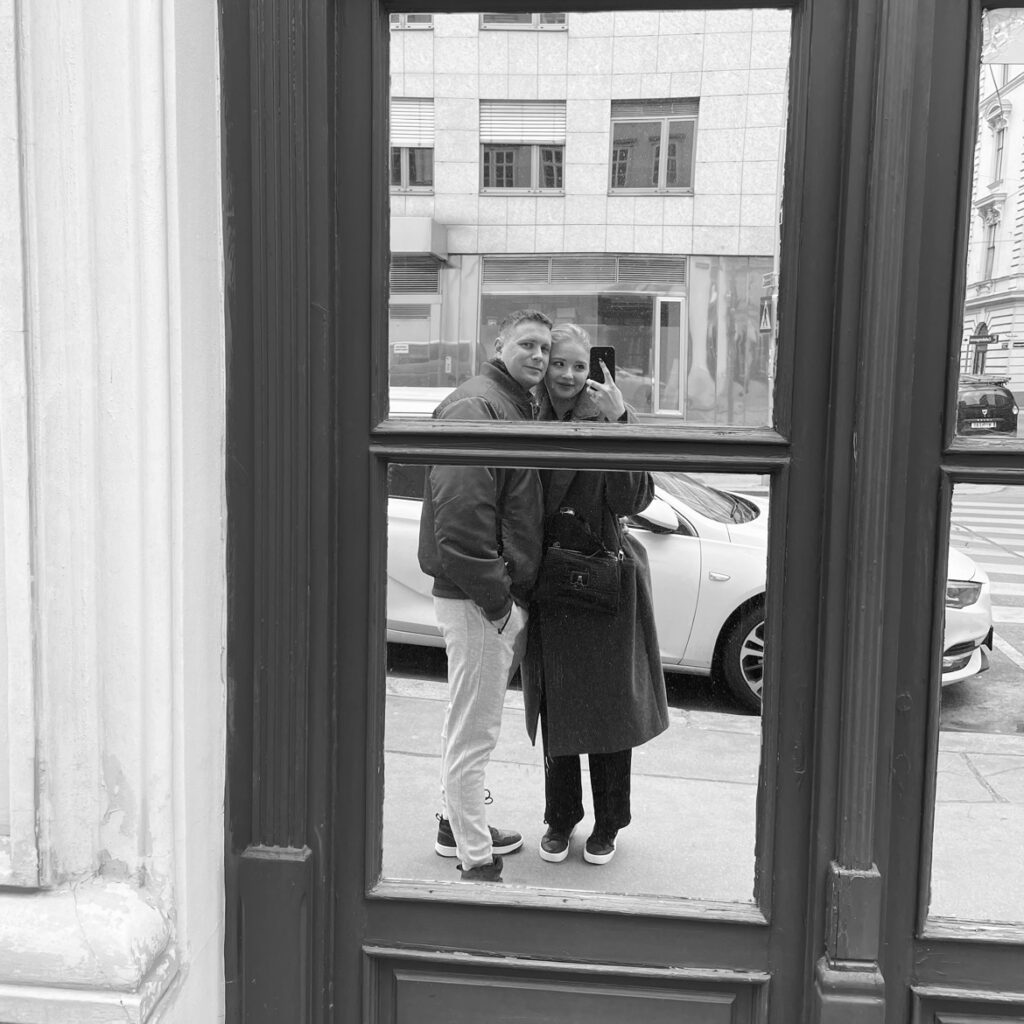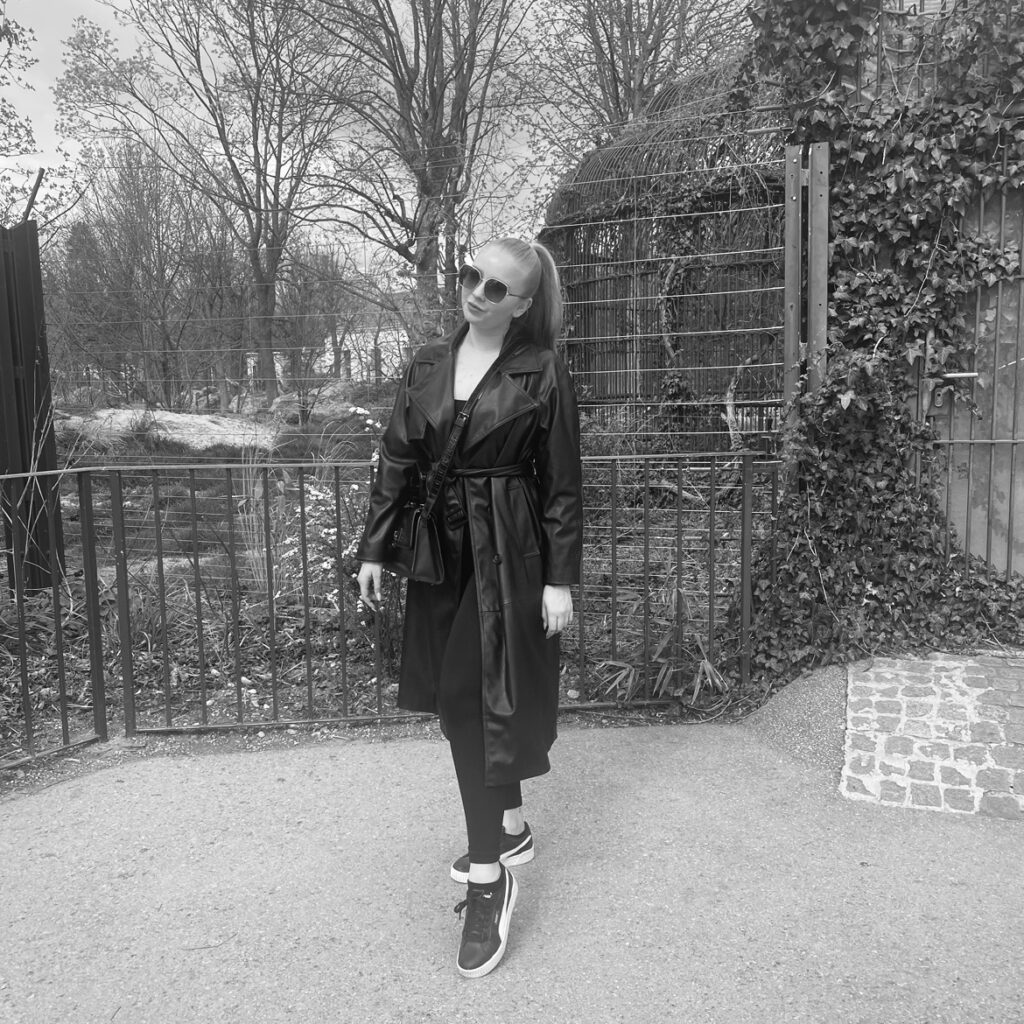„All I need is a little villa in the countryside.“, Hermesvilla
Hidden in the idyllic Lainzer Tiergarten in Vienna lies an architectural gem of imperial splendor: the Hermesvilla. This magnificent retreat was built by Emperor Franz Joseph I as a gift to his wife, Empress Elisabeth (Sisi), to encourage her to spend more time in Vienna. Today, the Hermesvilla is a museum that takes visitors on a journey through time into the world of the Habsburgs.
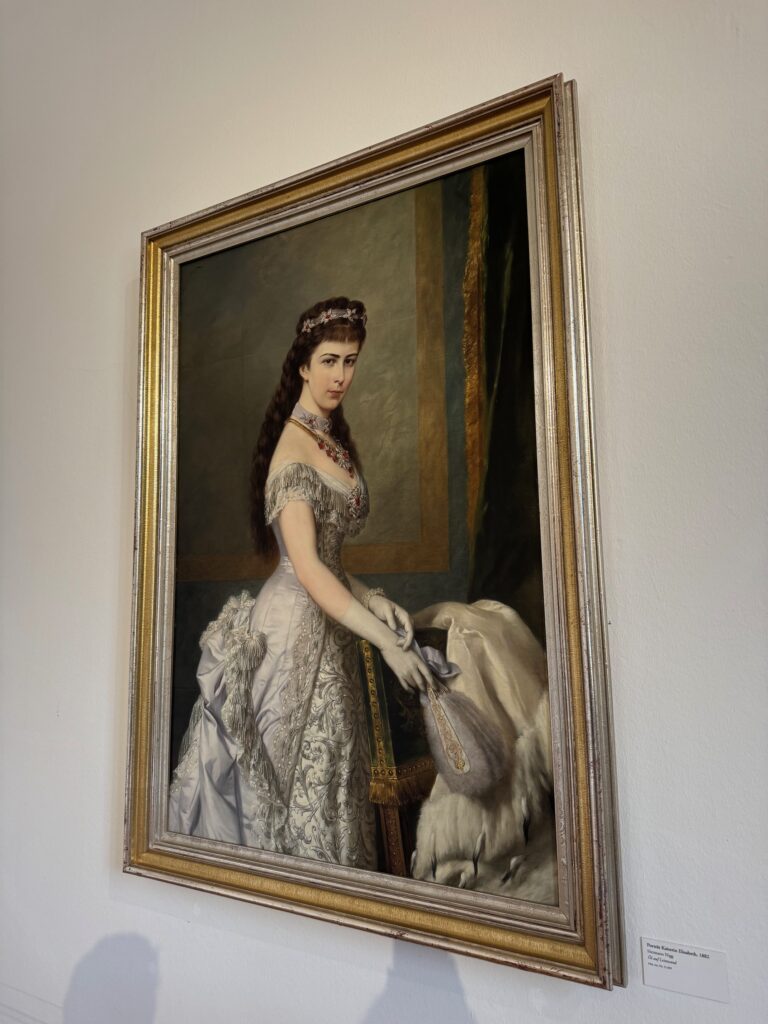
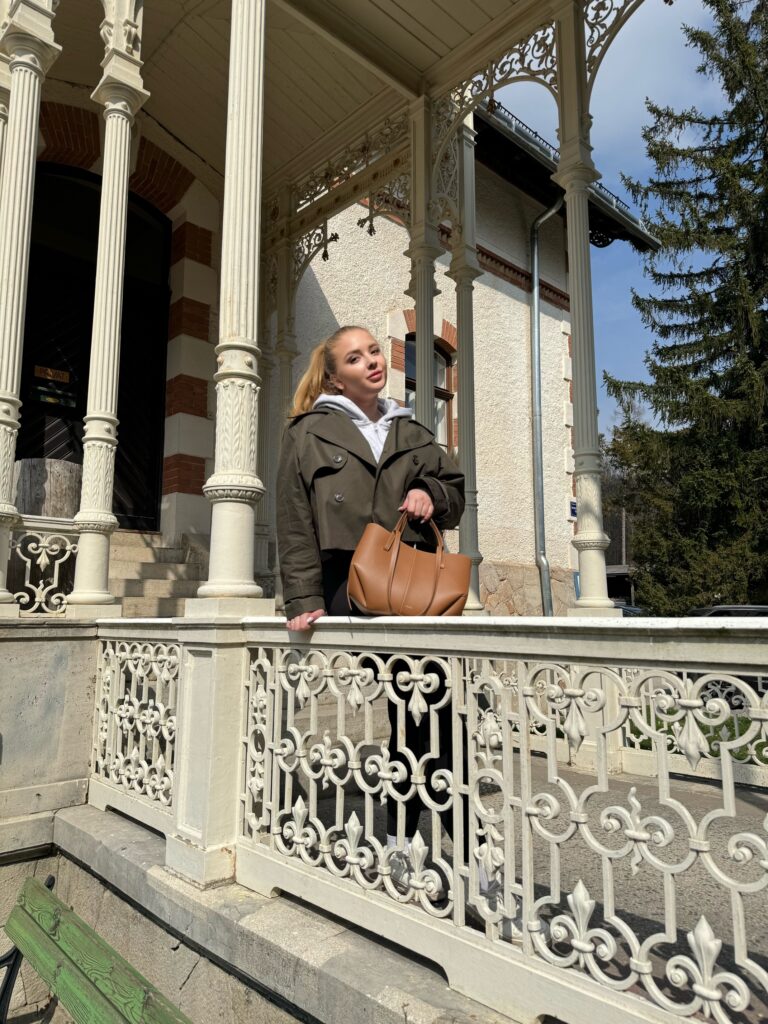
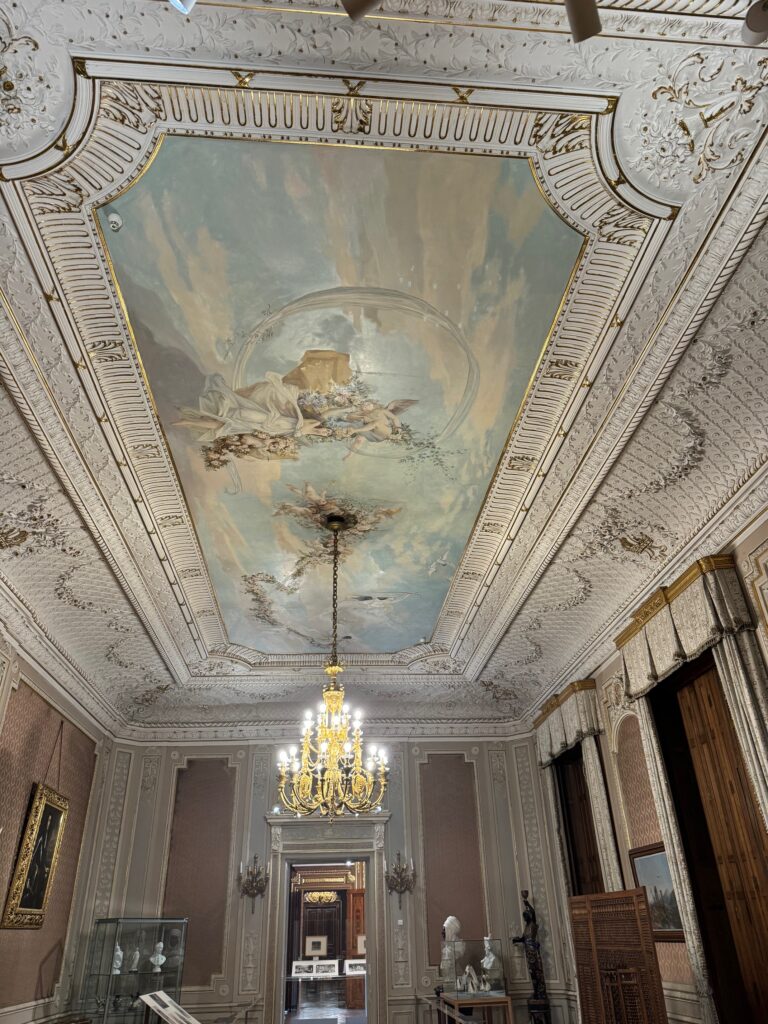
The history of the Hermesvilla
The history of the Hermesvilla begins in the 1880s, when Emperor Franz Joseph chose the picturesque wooded area of the Lainzer Tiergarten to build a hunting and recreational retreat for his beloved, but frequently traveling, wife. The name „Hermesvilla“ derives from the marble statue of Hermes, the Greek messenger of the gods, located in the garden in front of the villa.
“ Romatic and Neo-Gothic elements „
The Viennese architect Karl Freiherr von Hasenauer, who had already contributed to the magnificent buildings along Vienna’s Ringstrasse, designed the villa in a historicist style with Romantic and Neo-Gothic elements. After six years of construction, the property was completed in 1886. Despite her husband’s best efforts, Empress Elisabeth only stayed at the villa sporadically—her restlessness and longing for travel remained unabated.
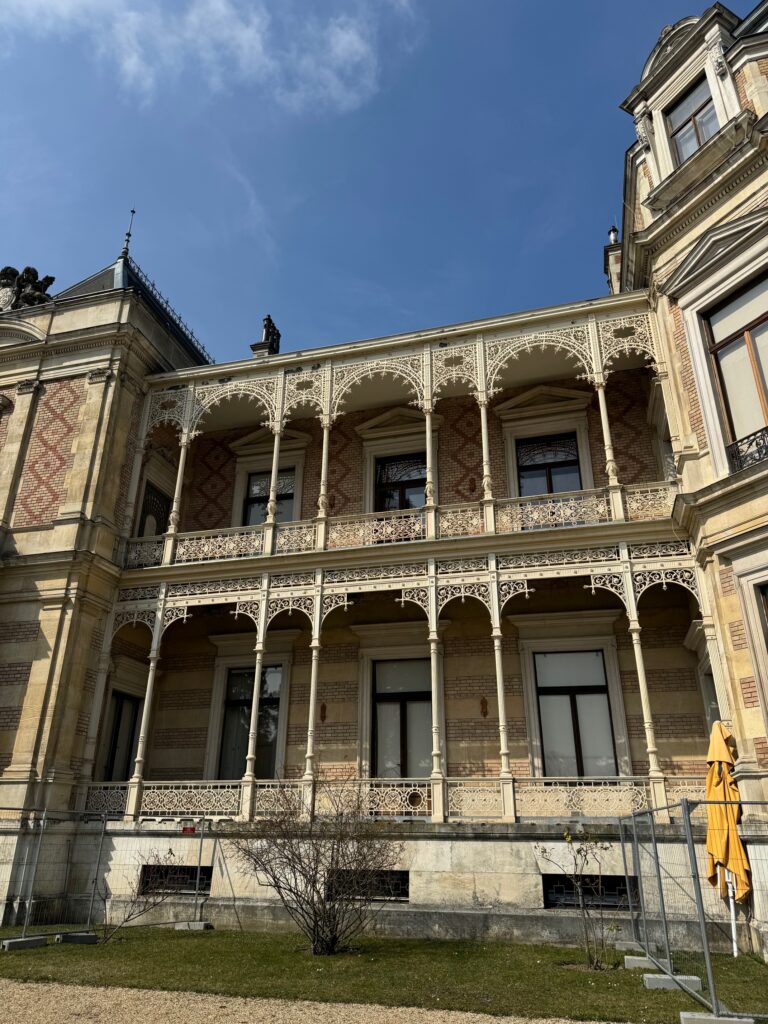
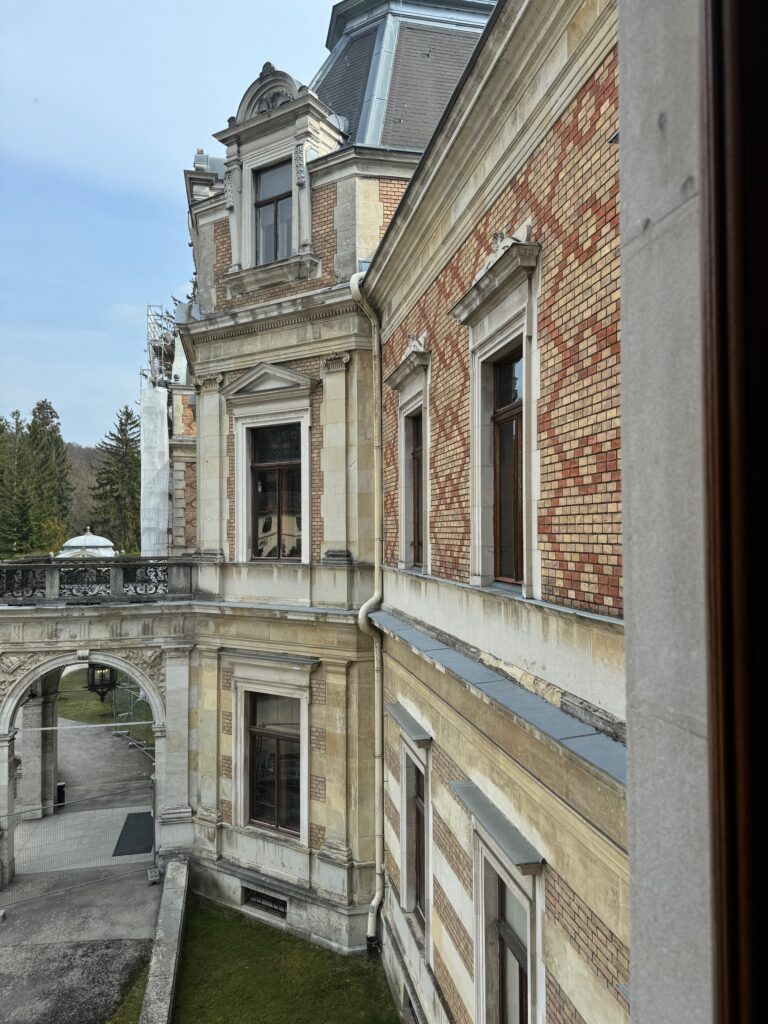
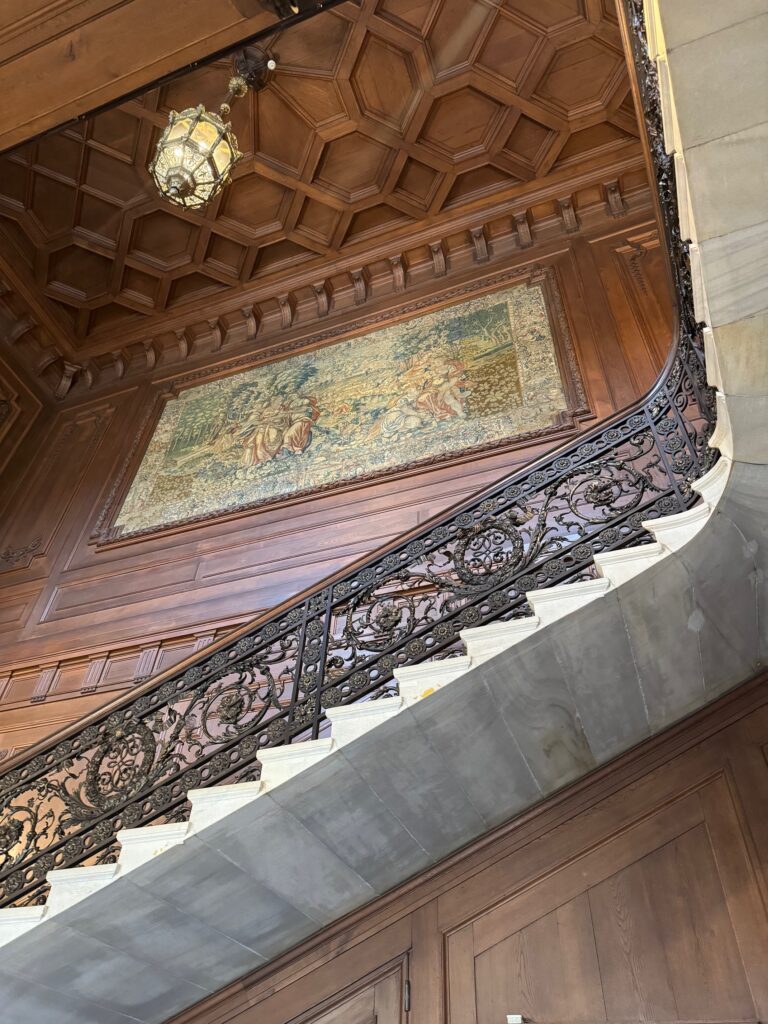
Architecture and interior design
The Hermes Villa captivates with its playful architecture, reminiscent of a fairytale world. The facade is richly decorated, and large windows allow plenty of light into the building. Inside, visitors await magnificent rooms with artistic wall and ceiling paintings and luxurious furniture. Unfortunately, not all of the furniture from the past has survived, but fortunately, it can be seen in various photos.
One of the most impressive rooms is the so-called „Empress’s Bedroom,“ adorned with a stunning ceiling painting by Hugo Charlemont. It depicts a scene from Shakespeare’s „A Midsummer Night’s Dream,“ reflecting Elizabeth’s love of literature and nature. Particularly striking is the enormous four-poster bed, which was made especially for her. For me personally, this is the darkest room in the entire palace. It has something mystical, but also sad, about it.
Another highlight is the large dining room, where magnificent tapestries and elaborately crafted furniture underscore the imperial flair. Many rooms in the villa are decorated according to Sisi’s taste, reflecting her preference for romantic and mystical motifs.

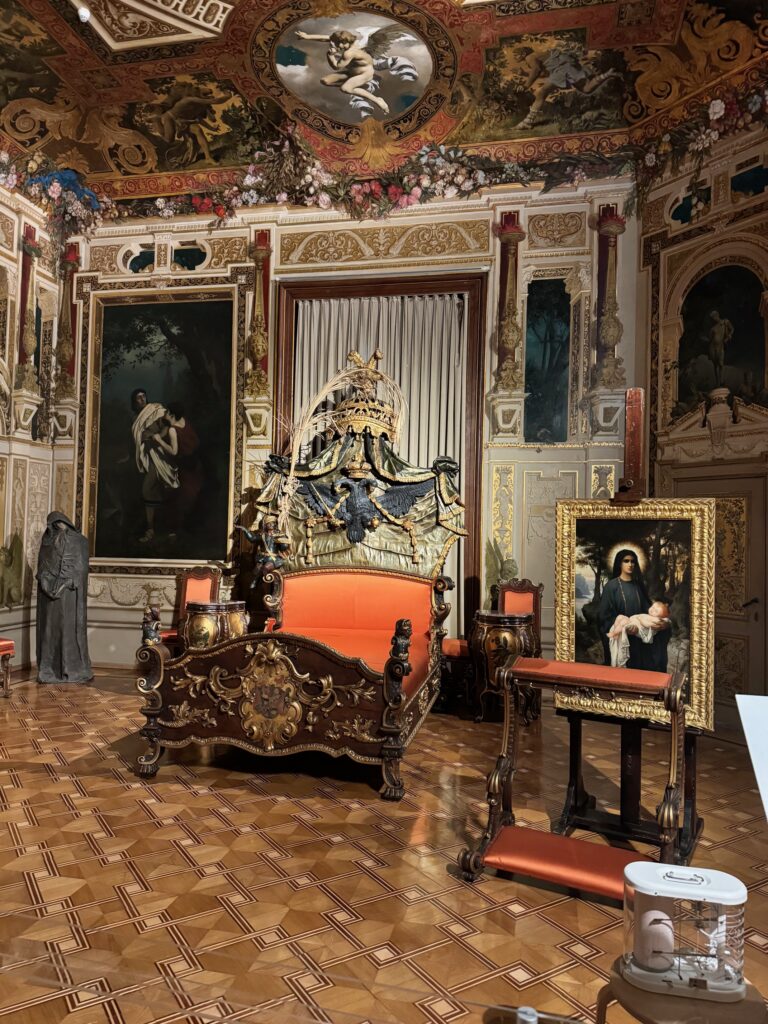

The Hermesvilla as a museum
Today, the Hermesvilla is part of the Wien Museum collection and offers insights into the life and personality of Empress Elisabeth. Original furniture, the Empress’s personal belongings, and historical photographs are presented in the various exhibition rooms. Regular special exhibitions complement the program and illuminate various aspects of imperial history.
Personally, I was surprised that Sissi’s daughter, Marie Valerie, moved into the castle, even though she found it unusually boring, according to her diary entries, she stayed there for many years.
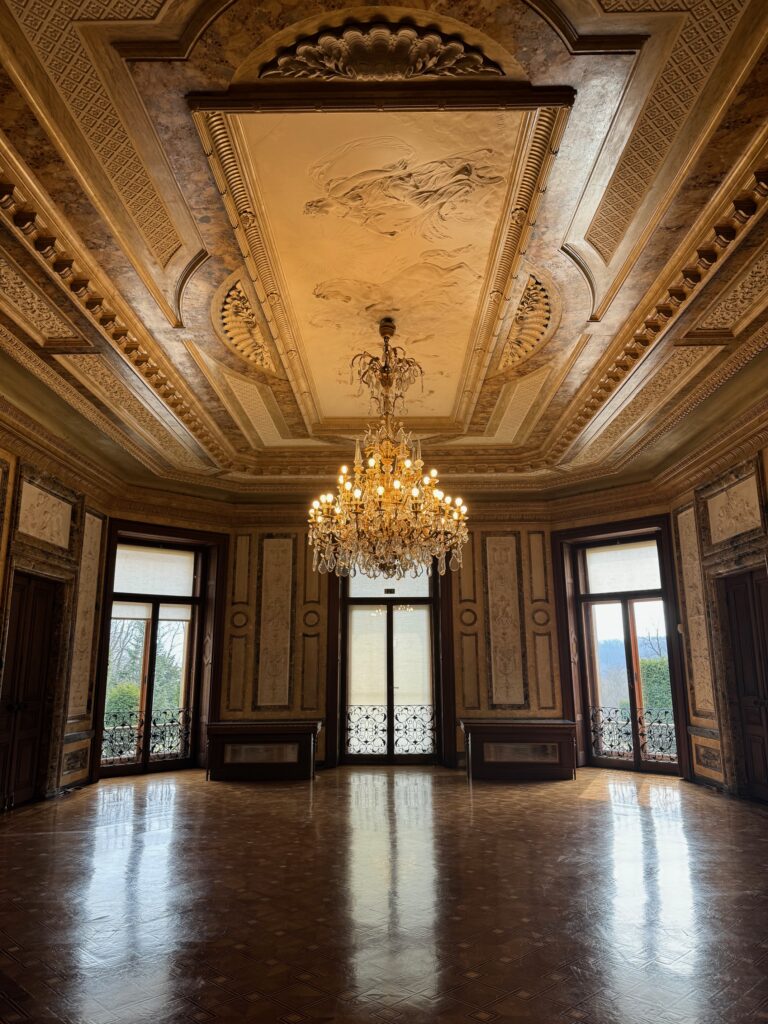
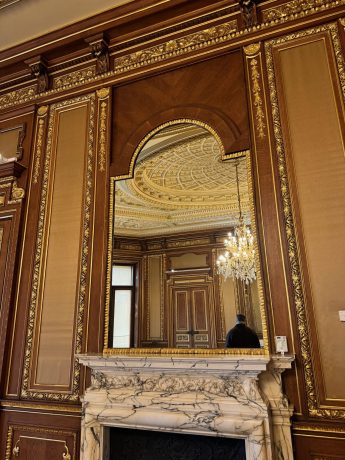
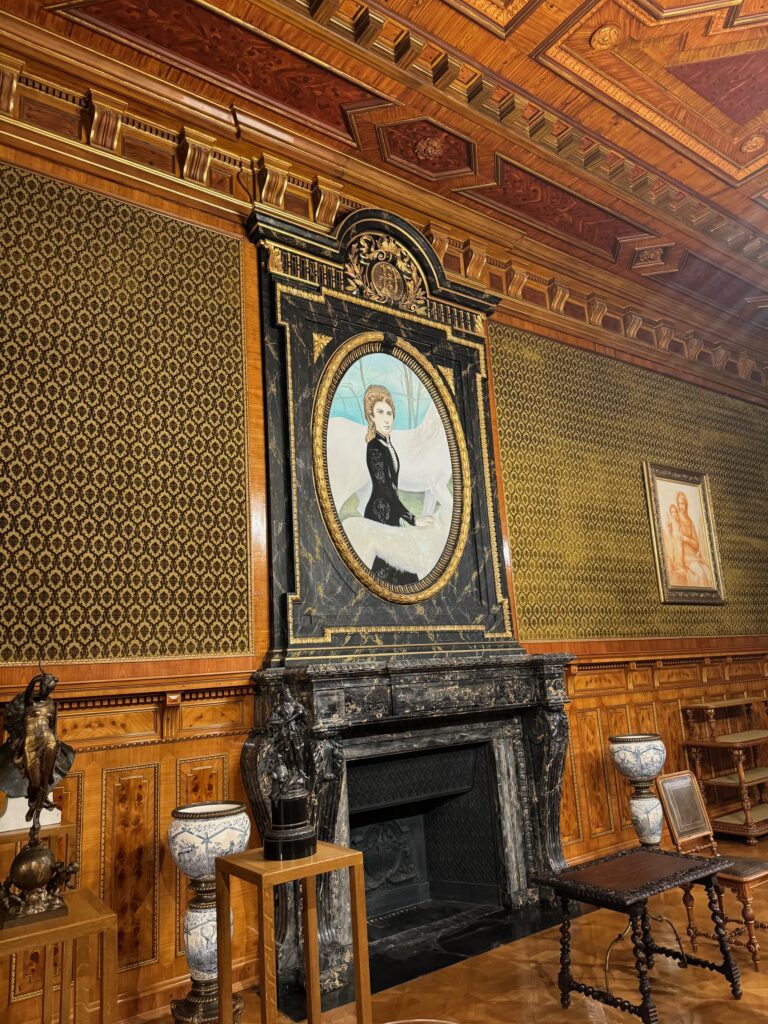
The Lainzer Tiergarten
Visitors can stroll through the extensive park and be enchanted by the tranquility and natural beauty of the Lainzer Tiergarten. The combination of culture, history, and nature makes the Hermesvilla a popular destination for history buffs and those seeking relaxation alike.
The Lainzer Tiergarten is a historic game reserve that originally served as a hunting ground for the imperial court and is now a nature reserve open to the public. With its extensive forests, rolling hills, and idyllic hiking trails, it offers the perfect backdrop for relaxing strolls. The Tiergarten is particularly famous for its free-roaming wild boars and deer, which can be observed with a little luck. In addition to the Hermesvilla, there are numerous vantage points, such as the Hubertuswarte, from which you can enjoy impressive views over Vienna. The Lainzer Tiergarten is not only a popular destination for nature lovers, but also a place where history and nature harmoniously combine.
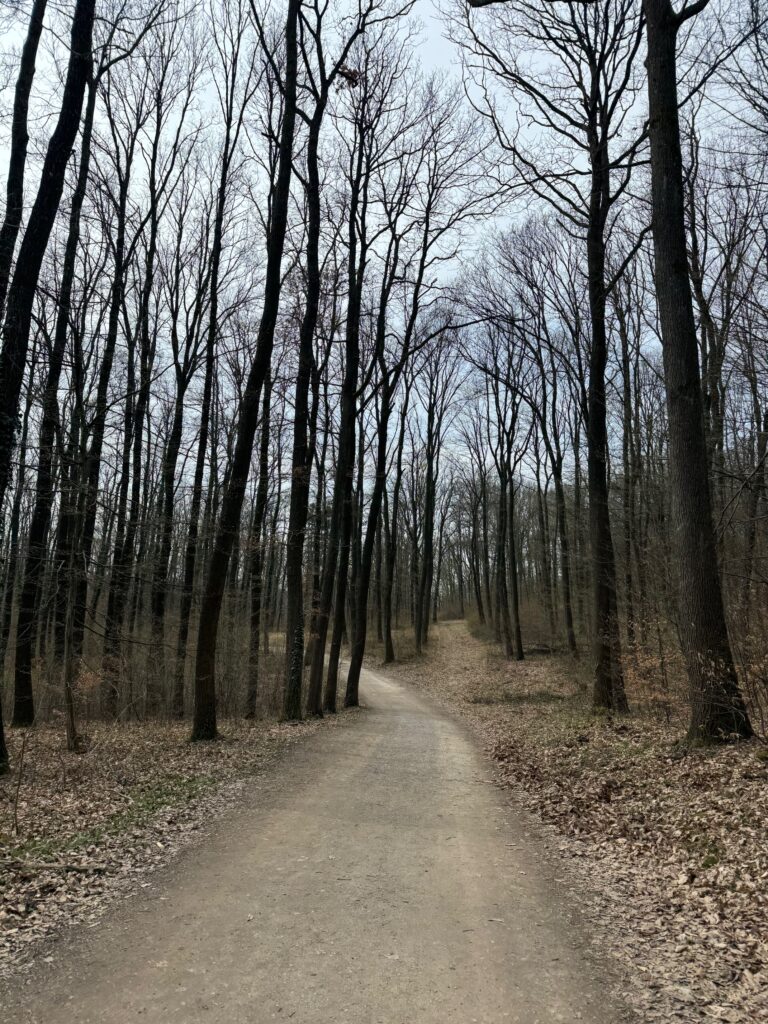
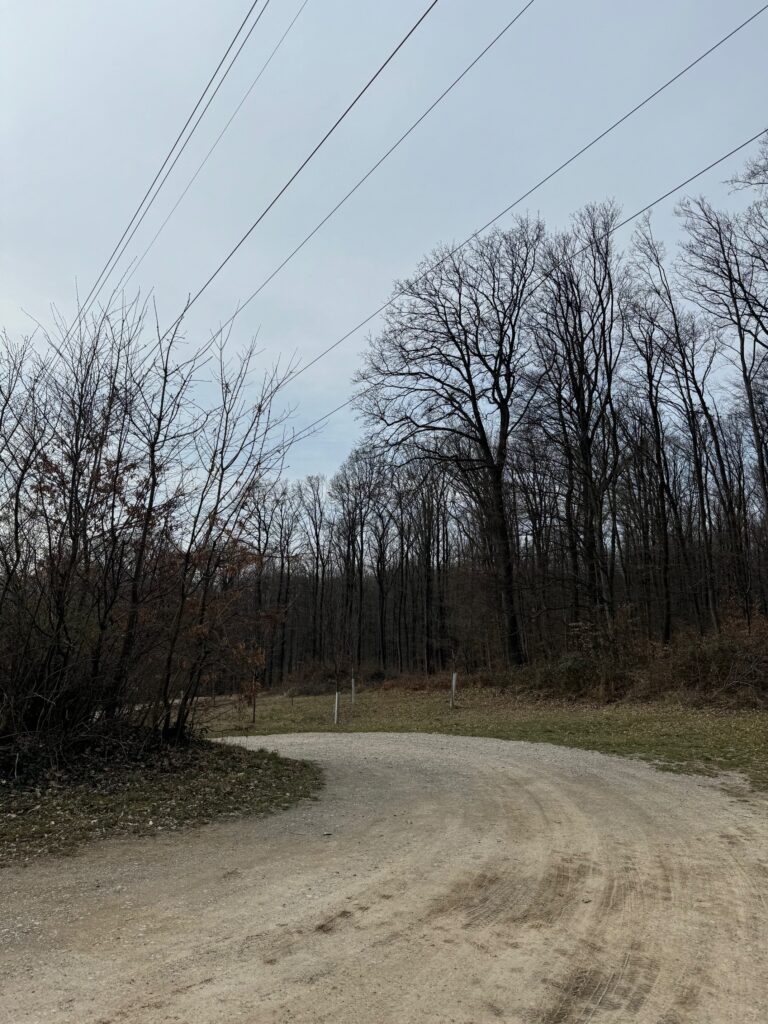
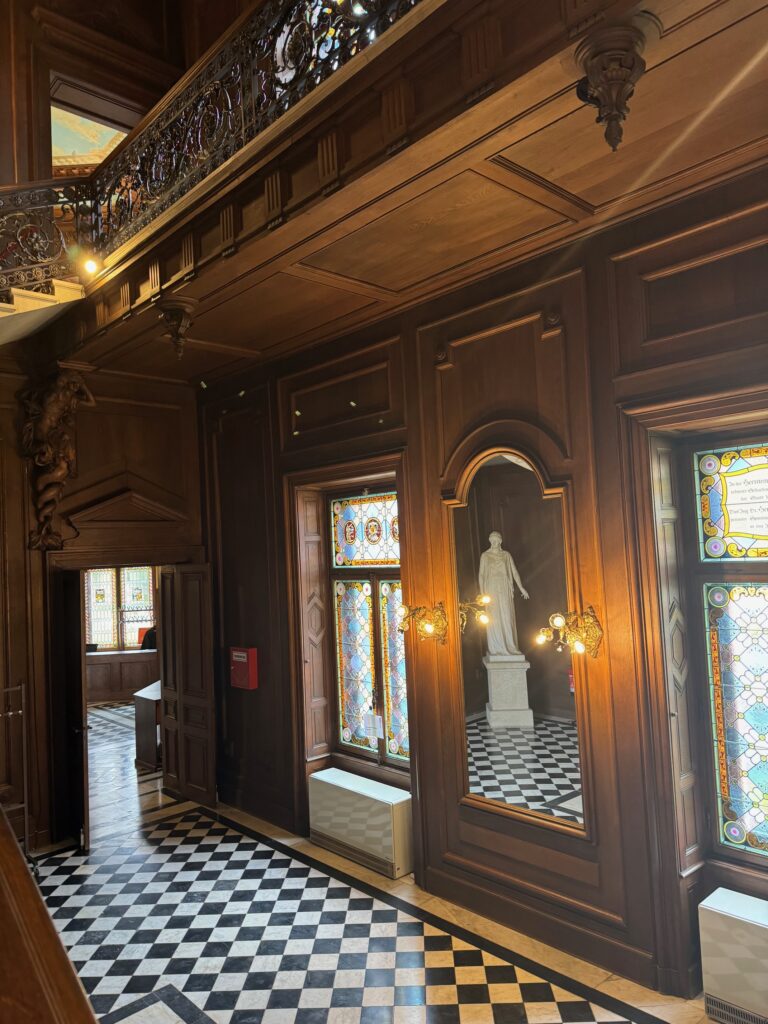
MY summary
“a piece of imperial atmosphere ”
Although Empress Elisabeth never stayed at one place for long, the Hermesvilla nevertheless leaves a tangible mark of her personality. Her thirst for freedom and her love of nature are evident in every corner of the property. A visit to the villa allows you to experience a piece of this special imperial atmosphere and gain insight into a fascinating era in Viennese history.
For anyone who is passionate about the Habsburg monarchy, magnificent architecture, and idyllic nature, the Hermesvilla is a true gem worth a visit. A stroll through the Lainzer Tiergarten combined with a visit to the Hermesvilla offers the perfect opportunity to combine history and nature in a unique way.
OVERALL Conclusion
The Hermes Villa was a gift from Emperor Franz Joseph to Empress Elisabeth.
Magnificent architecture and romantic interior design characterize the villa.
Today it houses a museum that brings Sisi’s life to life.
The Lainz Tiergarten combines nature, history, and recreation.
_____________________
RELATED POSTS
_____________________


